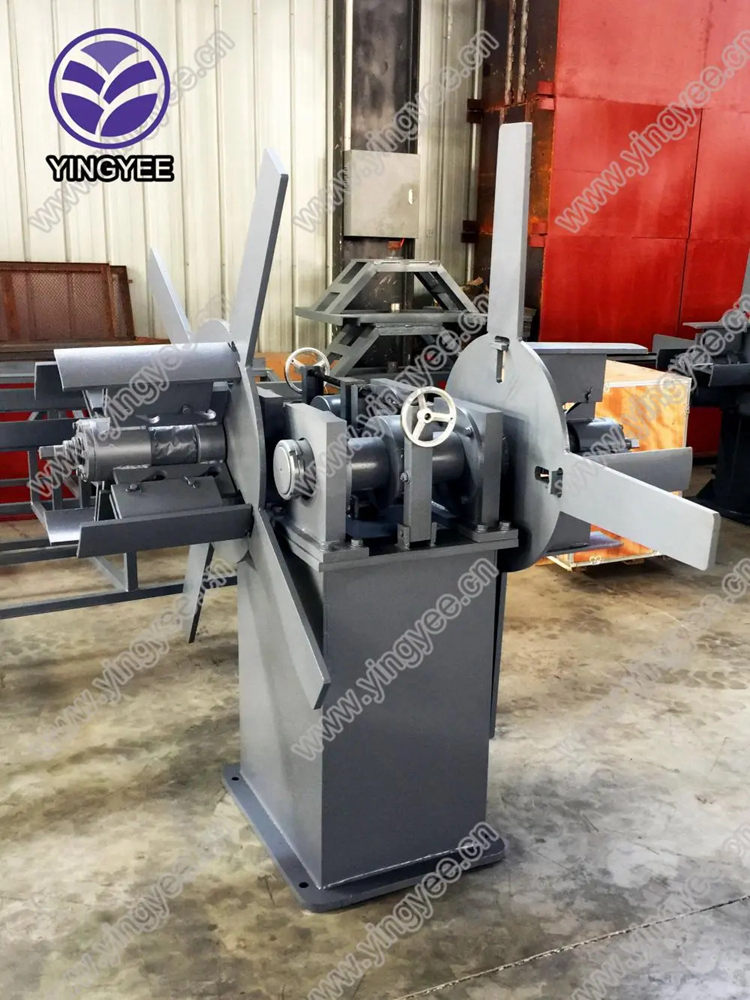
The Importance of Steel Purlin Roll Forming Machines in Modern Construction
In the arena of modern construction, efficiency, precision, and durability are key parameters that dictate the success of any project. Among the essential components that facilitate these attributes are purlins, which play a crucial role in supporting the roof structure of buildings. Steel purlins, in particular, have gained immense popularity due to their robust properties and longevity. However, the production of these purlins requires specialized machinery, making the steel purlin roll forming machine an integral part of the construction industry.
Understanding Steel Purlins
Purlins are horizontal structural members that provide support to the roof and walls of a building. They can be made from various materials, but steel purlins have become a favored choice due to their strength-to-weight ratio, resistance to corrosion, and the ability to withstand harsh weather conditions. Typically, they come in different shapes, including C, Z, and U profiles, which cater to various design requirements. The need for reliable purlins emphasizes the significance of efficient manufacturing processes, and this is where steel purlin roll forming machines come into play.
What is a Steel Purlin Roll Forming Machine?
A steel purlin roll forming machine is a sophisticated piece of equipment designed to manufacture steel purlins in a continuous process. The machine operates by feeding a flat strip of steel through various rollers that gradually shape the metal into the desired purlin profile. As the steel moves through the forming station, it undergoes a series of bending operations, ultimately resulting in precisely formed purlins that meet strict industry standards.
The roll forming process is characterized by its high efficiency and precision. It allows for the production of long lengths of purlins without joints, which enhances the structural integrity of the final product. Furthermore, advanced CNC (Computer Numerical Control) technology ensures that the shaping process is consistent and accurate, minimizing waste and optimizing material usage.

Benefits of Using Steel Purlin Roll Forming Machines
1. Cost-Effectiveness One of the primary advantages of employing steel purlin roll forming machines is the reduction in manufacturing costs. The high production rate means that many purlins can be produced in a short amount of time, leading to economies of scale. Additionally, the minimized wastage of steel strips lowers material costs, making the entire process more financially viable.
2. Customization Modern roll forming machines can be customized to produce a variety of purlin sizes and shapes. This versatility enables manufacturers to cater to unique project specifications and client requirements, enhancing the overall satisfaction of stakeholders in construction projects.
3. Quality Control As the manufacturing process is largely automated, it leads to high consistency in product quality. Advanced technology allows for real-time monitoring and adjustments, ensuring that even large production runs maintain a uniform standard. This reliability is crucial for construction projects where structural integrity is non-negotiable.
4. Reduced Labor Requirements Automation in roll forming machines significantly reduces the need for manual labor. This not only cuts labor costs but also minimizes human error in the manufacturing process, further enhancing the quality of the produced purlins.
Conclusion
The steel purlin roll forming machine represents a crucial innovation in the construction industry, offering efficient, cost-effective, and high-quality production of steel purlins. As construction projects continue to evolve, the role of this machinery will undoubtedly grow, underpinning the structural frameworks that support modern buildings. Businesses that invest in steel purlin roll forming machines position themselves favorably in a competitive market, ready to meet the demands of an ever-changing architectural landscape. Ultimately, this technology not only streamlines production but also contributes to the durability and longevity of construction projects around the world.